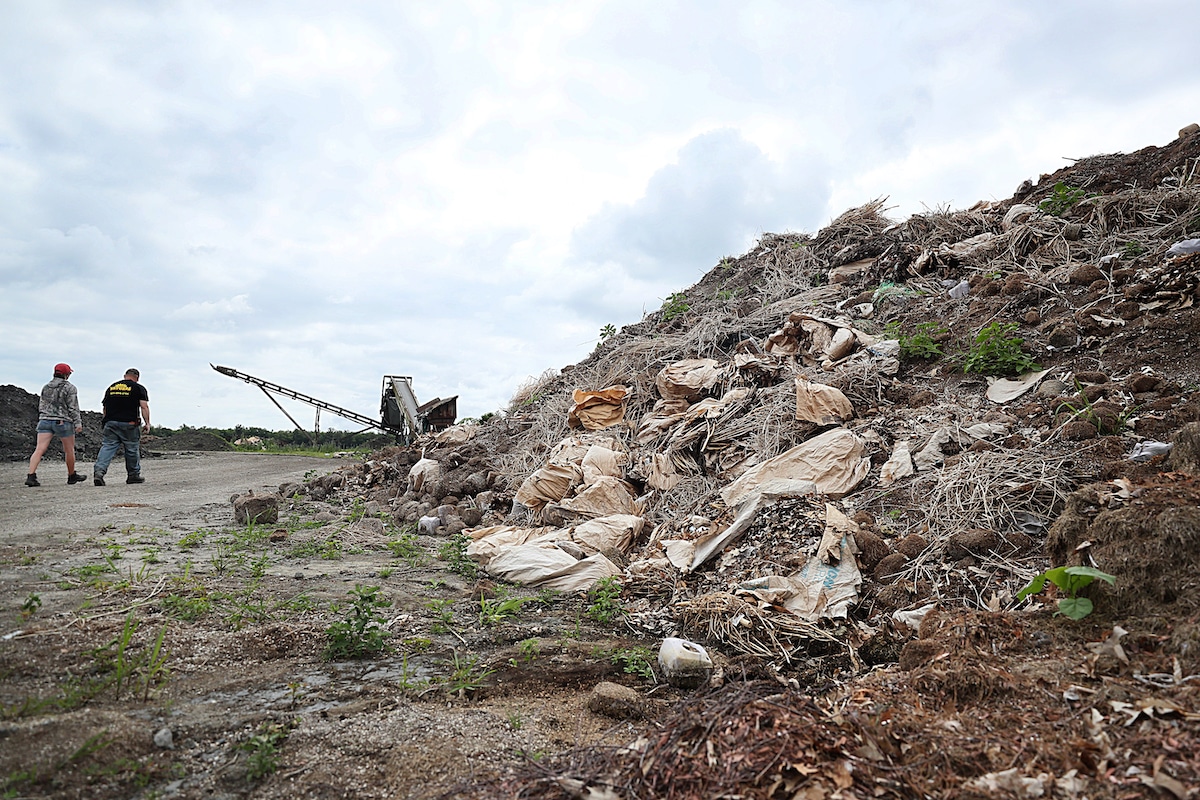Scientists Develop New Material to Clean Up Forever Chemicals

 Why you can trust us
Why you can trust us
Founded in 2005 as an Ohio-based environmental newspaper, EcoWatch is a digital platform dedicated to publishing quality, science-based content on environmental issues, causes, and solutions.
Researchers from Texas A&M AgriLife of Texas A&M University have developed a new bioremediation technology using plant-based material and fungi that could take care of cleaning up per- and polyfluoroalkyl substances. These pollutants, also called “forever chemicals” or PFAS, are found in soil, water, and even human and animal blood and may be harmful to humans and other species.
PFAS are found just about everywhere, from food wrappers and dental floss to clothing and electrical wire insulation. While more research is needed on health implications from PFAS exposure, the CDC notes that these chemicals may affect development, reproduction and the immune system and may cause liver damage. Extremely high exposures of PFAS may also be linked to cancer.
“PFAS do not degrade easily in the environment and are toxic even at trace level concentrations,” said Susie Dai, associate professor in the Texas A&M Department of Plant Pathology and Microbiology. “They must be removed and destroyed to prevent human exposure and negative impacts on the ecosystem. PFAS are so stable because they are composed of a chain of carbon and fluorine atoms linked together, and the carbon-fluorine bond is one of the strongest chemical bonds. They can occur in water at a very low concentration and you have to concentrate them and then destroy them.”
The only way to actually get rid of these “forever chemicals” is by burning them, which is a lengthy and expensive process. After incineration, other products, like active carbon, are used to finally clean up the PFAS.
But Texas A&M researchers have found a new way to use a plant-based material that adsorbs the pollutants. As explained by ScienceDirect, adsorption is “The use of solids for removing substances from either gaseous or liquid solutions.” The adsorbent material is then consumed by microbial fungi. The team recently published their findings for the process framework, which they call Renewable Artificial Plant for In-situ Microbial Environmental Remediation (RAPIMER), in Nature.
“The plant’s cell wall material serves as a framework to adsorb the PFAS,” Dai explained. “Then this material and the adsorbed chemical serve as food for a microbial fungus. The fungus eats it, it’s gone, and you don’t have the disposal problem. Basically, the fungus is doing the detoxification process.”
This sustainable PFAS clean-up system could scale for commercial use, leading to a better way to remove these chemical pollutants from the environment. It could also come in handy as the U.S. Environmental Protection Agency considers creating PFAS thresholds to its water quality standards, which will require municipal water treatment plants to find cost-effective solutions to monitor and remove PFAS from the water if necessary.
Subscribe to get exclusive updates in our daily newsletter!
By signing up, you agree to the Terms of Use and Privacy Policy & to receive electronic communications from EcoWatch Media Group, which may include marketing promotions, advertisements and sponsored content.

 233k
233k  41k
41k  Subscribe
Subscribe 




